
Copywriting has become one of the most important skills to possess in today's digital age. It makes a real difference in marketing, advertising and content creation. But newcomers entering this field have a tough time. A practical guide to the basics of copywriting, from topics to the art of editing and advanced stylistic techniques.
For those who use artificial intelligence tools to create initial drafts, improving content to respond to human emotion and nuance can be challenging. Enter humanize ai, the leading free online platform designed to convert AI-generated text into human-like content. AI Humanizer AI expertly paraphrases text created by AI writers, eliminating any robotic overtones. The result using Humanize AI is guaranteed to be 100% original and bypasses all existing AI detection systems, ensuring that your content retains a personality that is truly eye-catching.
Understanding Copywriting
Copywriting entails the writing of words that are persuasive through advertisements or some other marketing purposes. It is supposed to raise awareness about a brand and convince the individual or group in favor of the intended persuasion to take action. Good copywriting is combining creativity with strategy, psychology, and a deep understanding of the target audience.
Choosing Topics Carefully
1. Know Your Audience
One should write after knowing the people one is writing for. Knowing their interest and need prior will further enable you to pick up topics that are likely to resonate with them. For instance, if you write for a site on health and wellness, the top writers' favorite topics could be "10 Quick Healthy Dinner Recipes" or "How to Start a Meditation Routine."
2. Stay Relevant
Find topics that resonate with the times and interests of your viewers. Current trends and industry news can give useful insights and inspire relevant content. You may use tools such as Google Trends and BuzzSumo to see which topics in your industry are currently relevant.
Writing Your First Draft
1. Ensure to Start with a Headline
It's your headline that generally makes the first, possibly only, early impression for a potential reader, so it had better be something that literally compels them to read further with an increased spark of interest. Well, by using very basic for a headline—for instance "Car Maintenance Tips"—use something straightforward and suffused with benefit, such as, "5 Must-Do's That Are a Snap toward Keeping Your Car Running Smoothly."
2. Structure Your Content
You must organize your content with a clear structure.
- It presents the readers with the field of play. Introduce the concern or issue at stake and allude to the offered solution or insights.
- Body: Deliver on the promise of your headline and introduction. Follow the subheadings that you wrote up to break sections and to get to scan-able content.
- Conclusion: Summarize the article, with your spin or take-away.
3. Grammar Clear Writing
Use simple language. A simple and straightforward style will communicate ideas much more clearly than complex and wordy language, especially if you're hoping to persuade a reader. Say "use" instead of "utilize." Say "or" instead of "due to the fact that."
Tips and Editing Your Text
1. Be Ruthless in Editing
Editing is where good writing becomes great. A critical review of text should remove jargon, replace passive constructions with active verbs, and remove the words you don't need. For example, replace "The meeting that was held by the managers" by "The managers held the meeting".
2. Seek Feedback
Testimonials are gold. Ask for peer review of your drafts and listen to feedback. Go through one more cycle of refining the copy considering the feedback. Perhaps asking direct questions like, "Is the main point clear?" or "Do you have a desire to follow the call to action?" might be useful.
Stylistic Devices That Make Your Writing Better
1. Use of Persuasive Language
Include persuasive points and attributes, e.g.:
- Ethos: Establish your authority on the problem by drawing on sources you identify as authoritative or through references from experts.
- Pathos: Appeal to the nature of emotions in the audience by telling stories that will either fulfill the hopes and fears or meet the dreams of those personal histories.
- Logos (Logical): Back up an argument with logics or data to prove a point, for example, by using statistics or case studies.
2. Storytelling
People are desperately keen to listen to stories. The use of narrative will engage people. People will remember it. For example, rather than saying just how great your product is, you would tell a story about a customer who simply loved how your product solved their problem.
3. Calls to Action
Every piece of marketing copy should urge the reader to do something—make your calls to action clear and compelling. In other words, instead of using "Click here," use "Download our free e-book on budgeting now!"
Copywriter's Tools and Resources
1. Digital Tools
- Grammarly: Assists you with grammar and style tips.
- Hemingway Editor: Helps you make your writing bold and clear.
- Google Docs is more or less excellent.
2. Books and Courses
- Ann Handley's Book - "Everybody Writes
- "The Copywriter's Handbook" by Robert W. Bly
- E-learning courses offered by providers such as Udemy, Coursera, or Copyblogger
Copywriting is not essentially about writing, but rather about how one structures his message most effectively to reach his audience and hence, attain certain goals. If you understand the basics of copywriting very clearly, do really hard work to put these into practice, and learn things consistently, you can become a good copywriter. Keep in mind that every copy you create is a new challenge towards working out the best in yourself and engaging your audience. Now, let's take on the challenge and keep writing!
If you found this article helpful, we encourage you to share it on your social media platforms—because sharing is caring! For more information about article submissions on our website, feel free to reach out to us via email.
Send an emailWritten by RGB Web Tech
Latest Technology Trends
Latest technology trends shaping the future, including AI advancements, blockchain innovation, 5G connectivity, IoT integration, and sustainable tech solutions. Explore breakthroughs in quantum computing, cybersecurity, augmented reality, and edge computing. Stay ahead with insights into transformative technologies driving innovation across industries and revolutionizing how we live, work, and connect.
Related Articles - Digital Marketing
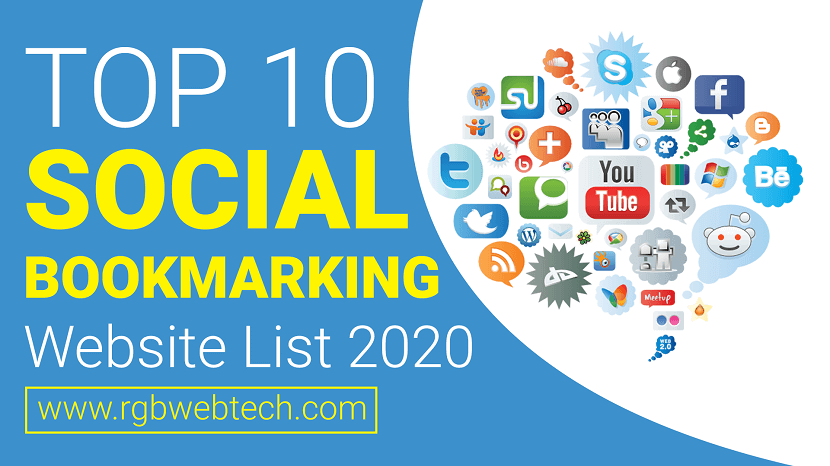
Social Bookmarking Sites List
Social Bookmarking is one of the Off-Page SEO techniques. On Social Bookmarking websites, you can share your site or blog content like images, articles ...

Linkedin Groups for Job Seekers
LinkedIn lets users join relevant groups, expand personal brands, and connect with more professionals to boost networking and visibility.

Facebook Groups for Job Seekers
Facebook lets users join relevant groups, expand their brand, and reach more people, enhancing networking and engagement opportunities.

Facebook Pages for Job Seekers
A Facebook fan page is used to advertise business, brand, product, or services. When a user visits the Facebook page, she/he can become a fan ...

Why is SEO important for any Brand or Business
To survive in today’s competitive market, SEO is very imperative for any brand or business. The search engine serves millions of users per day
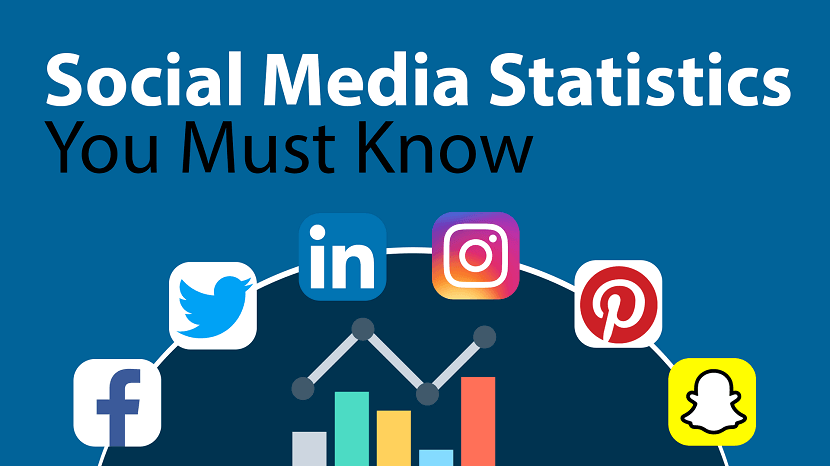
Social Media Statistics
Social media boasts of 4.55 billion users now–about 57.6% of the total world population. Its ability to connect the world never ceases to amaze.

Facebook Social Media Statistics
Facebook is the OG social media platform and the largest one by nearly every metric. Love it or hate it, the social giant — and soon-to-be harbinger ...
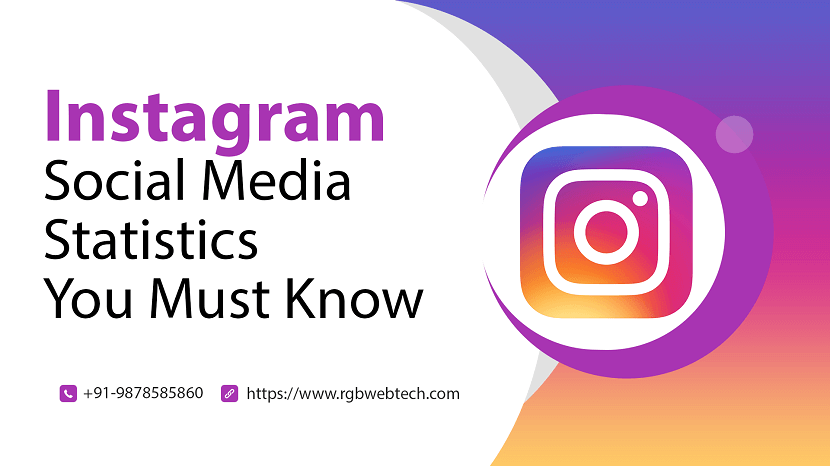
Instagram Social Media Statistics
As of January 2022, roughly 31 percent of global Instagram audiences were aged between 25 and 34 years. Over two thirds of total Instagram audiences ...

Pinterest Social Media Statistics
As of January 2022, Pinterest ranks 14th globally with active users, surpassing Twitter and Reddit in popularity. Discover its potential for your brand.

Twitter Social Media Statistics
Twitter is an online social networking service that enables users to send short 280-character messages called tweets. According to recent social media ...

Improve Website Organic Search Ranking
Correct SEO allows Google to direct traffic to your business. Your site's Ranking determines the organic traffic you receive on Google's Search Engine ...

LinkedIn Social Media Statistics
The platform currently has over 660 million registered users, with 303 million of them being active on a monthly basis. 90 million of these users ...
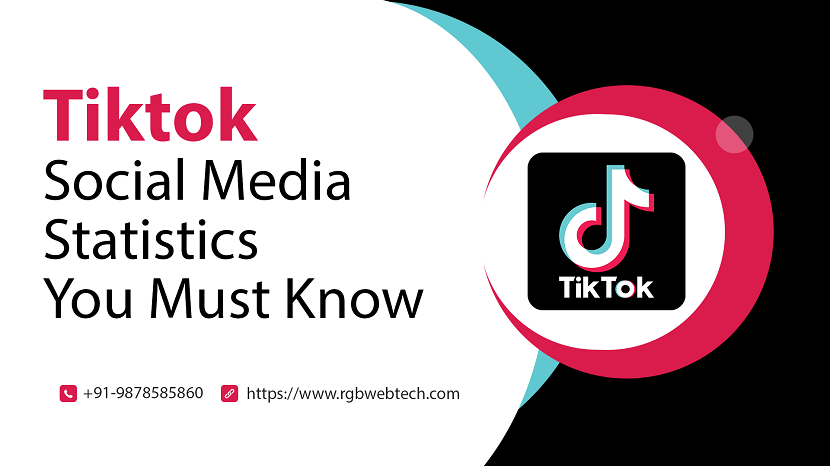
Tiktok Social Media Statistics
TikTok, with over 1 billion users in 150+ countries, is a powerful platform for brands. Discover how it can boost your brand visibility and growth.
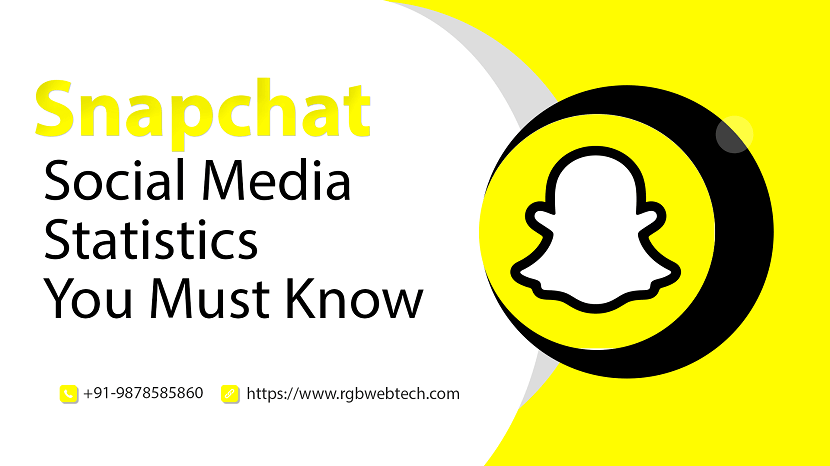
SnapChat Social Media Statistics
Around 54.4% of Snapchat users are female and 44.6% are male. India has the most Snapchat users (115.95 million), followed by the U.S (106.2 million.)
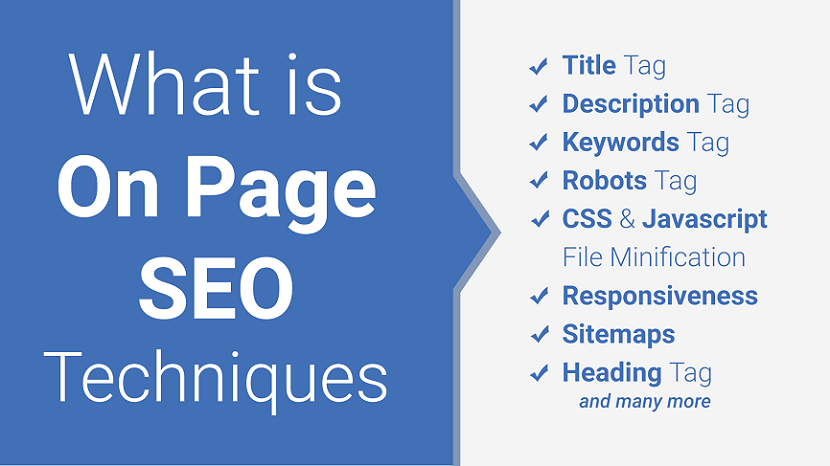
On Page SEO
Learn about the top On Page SEO Techniques that earn more relevant traffic and rank higher in search engines.
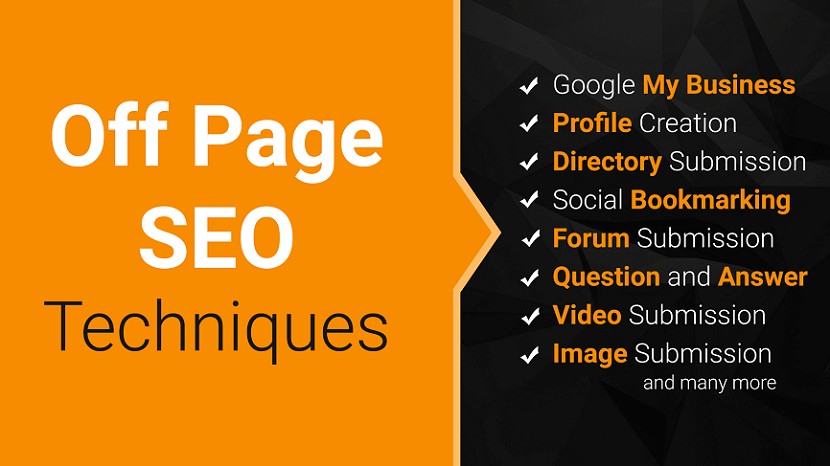
Off Page SEO
Learn about the best Off Page SEO Techniques that earn more relevant traffic to your website and rank higher in search engines.

Technical SEO
Learn about the best Technical SEO Techniques that earn more relevant traffic to your website and rank higher in search engines.

Local SEO
Learn about the Local SEO Techniques that earn more relevant traffic to your website and rank higher in search engines.

White Hat SEO
If you want your website to appear in the top results of search engines, you need to implement the best White Hat SEO techniques.

Black Hat SEO
This article will explain what black hat SEO techniques involve so you can make sure to avoid them when devising your organic search strategy.

Gray Hat SEO
What is gray hat SEO?, and should your business be doing it? Get the facts on gray hat SEO here.
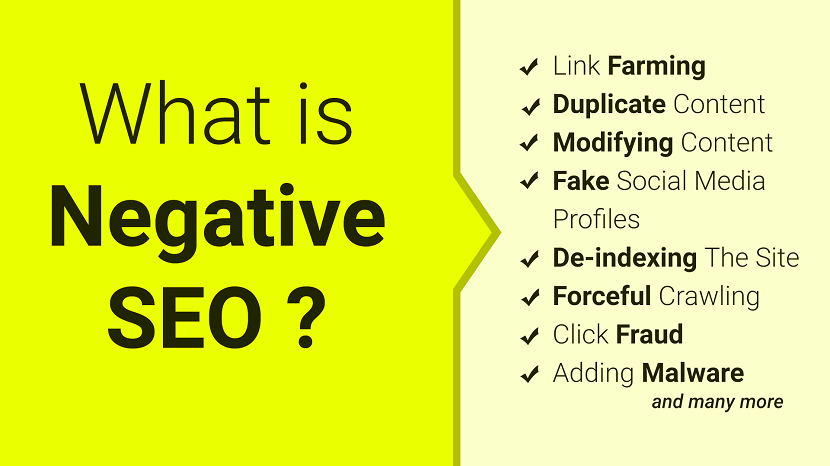
Negative SEO
Negative SEO is the act of using Black Hat SEO on other websites in order to get them penalized by Google. Learn more on how to defend against Negative SEO

Search Engine Optimisation
Discover key SEO strategies to boost your website's visibility, enhance search rankings, and attract more organic traffic effectively.

Search Engine Marketing
Search engine marketing (SEM) is a digital marketing strategy used to increase the visibility of a website in search engine results pages (SERPs).
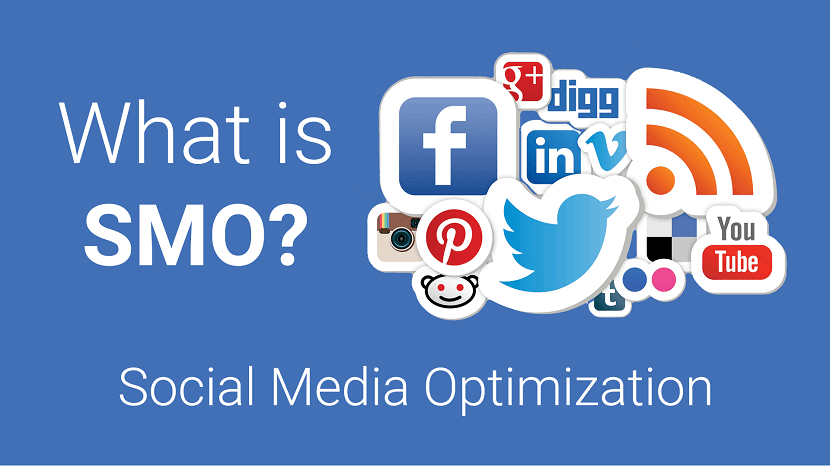
Social Media Optimization
Social media optimization (SMO) is the use of social media networks to manage and grow an organization’s message and online presence.
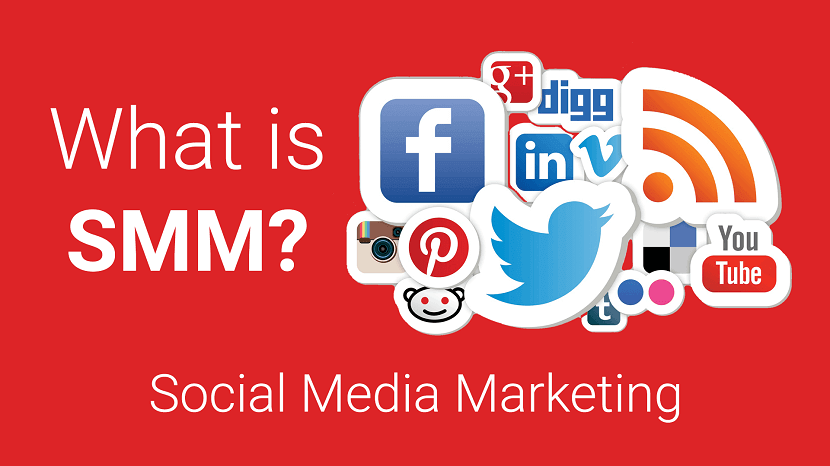
Social Media Marketing
Social media marketing is a powerful way to grow your business. Use these tips and steps to build your best social media marketing strategy.

Reputation Management
Online reputation management is the effort to influence what and how people think of a brand or person on the web.

Conversion Rate Optimisation
Conversion rate optimization (CRO) helps you remove roadblocks to conversion on your website. Learn how to use CRO to get your customers to convert.

SEO Trends
Stay ahead of the digital game with the latest SEO trends for 2023! Boost rankings, drive traffic, and dominate search results.

SEO Marketing Business
Unlock growth potential! Explore SEO's vital role in business ops. Learn the synergy between search optimization and efficient operations

E-commerce SEO
Master E-commerce SEO in tough markets. Dominate your niche with proven strategies. Boost sales and outshine competitors.

SEO for Startups
Boost your startup's online presence with expert SEO strategies. Learn to rank higher and attract more customers in this comprehensive guide.

Without an SEO Checklist Your Google Ranking Will Fall
Boost your Google ranking with our SEO checklist! Don't let your website fall behind. Discover the key factors for online success now.

Marketing in the Digital Age
Unlock the power of digital innovations in marketing to drive exceptional results. Explore strategies reshaping the industry.

Image Optimisation for SEO
Maximize website visibility with effective image optimization! Enhance SEO by optimizing filenames, alt text, and image size for better rankings.
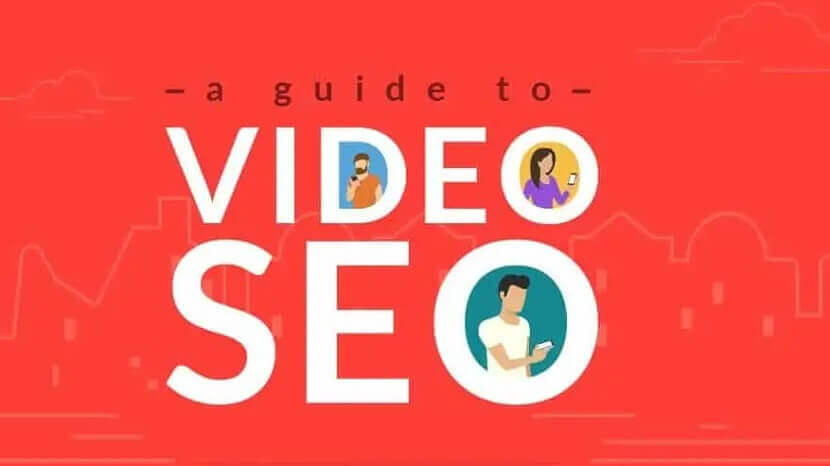
Optimize Video for SEO
Unlock the power of Video SEO to boost visibility and drive organic traffic. Optimize titles, descriptions, and engage viewers effectively!

Quality Writing in Digital Marketing
Transform your digital marketing with compelling content. Learn how quality writing drives conversions. A must-read for marketers!

Why Social Media Followers are Important
In today's world, social media followers signify influence, credibility, and reach, shaping perceptions and opportunities for individuals and businesses.

Leverage AI for Social Media Marketing
Unlock the power of AI for social media marketing with these 7 savvy strategies. Optimize, engage, and elevate your brand's online presence!

Trademark Monitoring is Key for Modern Brands
Discover why trademark monitoring is essential in today's digital world. Safeguard your brand's identity and reputation effectively.

SEO and SEM Approach to B2B Lead Generation
Explore an integrated SEO and SEM strategy for B2B lead generation, boosting visibility and conversions through synergistic digital tactics.

How to Increase Website Traffic
Discover effective strategies to boost your web traffic with our guide on increasing bulk traffic. Learn tips and techniques for success today!
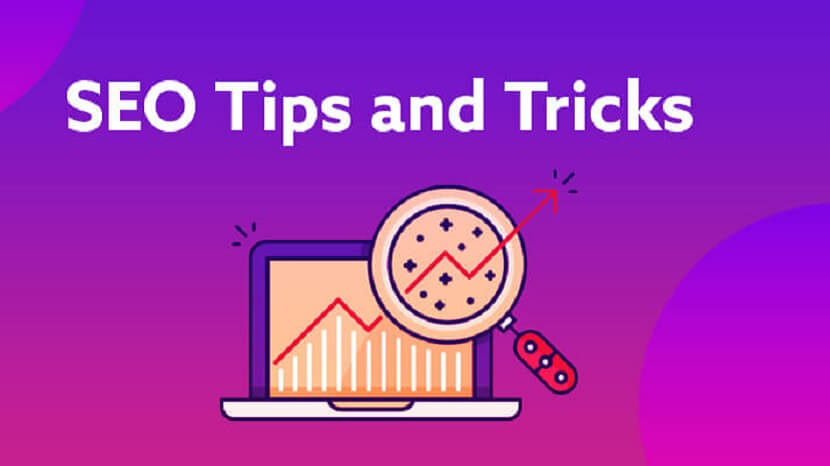
7 SEO Tips to Boost Your Website Search Engine Ranking
Boost your website's search engine ranking with these 7 essential SEO tips. Improve visibility, increase traffic, and achieve online success today!

Top 5 Most Powerful and Must-Have Email Marketing Tools
Discover the top 5 powerful email marketing tools that can elevate your campaigns. Must-have features for success in your marketing strategy!

Understanding the Role of Managed Network Services in Digital Marketing Strategy
Discover how managed network services enhance digital marketing strategies by optimizing performance, ensuring security, and driving growth.

How to Choose the Best Programmatic Ad Platforms for Your Strategy
Discover how to select the ideal programmatic ad platforms tailored to your marketing strategy, maximizing efficiency and ROI in your campaigns.

How to Evaluate the Success of your Guest Post Campaign
Learn how to measure the success of your guest post campaign with key metrics like traffic, engagement, backlinks, and conversions in our guide.

Top 5 Digital Marketing Trends for Retail Stores
Explore the top 5 digital marketing trends for retail: AI customization, social shopping, AR experiences, omnichannel strategies, & sustainable branding.

Effective Search Engine Marketing Tactics for B2B Software and Technology Advancements
Unlock growth with cutting-edge SEO strategies tailored for B2B tech firms. Elevate visibility and drive conversions with precise search engine marketing.

How To Write A Cold Email Techniques That Generate Leads
Properly executed, cold emails effectively build relationships and generate valuable leads. Start refining your cold email strategy today!

The Path to Mastery Developing Copywriting Skills for Beginners
Unlock your potential with

The Consequences of Plagiarism on Your Guest Blogging Efforts
Discover the serious repercussions of plagiarism on your guest blogging efforts, from damaged reputation to lost opportunities and SEO penalties.

How White Hat Link Building Avoids Google Penalties
Discover how white hat link building strategies help your website avoid Google penalties by focusing on ethical practices and quality content.

Link Building Through Guest Blogging
Discover effective strategies for link building through guest blogging. Boost your site's SEO, drive traffic, and enhance online visibility today!
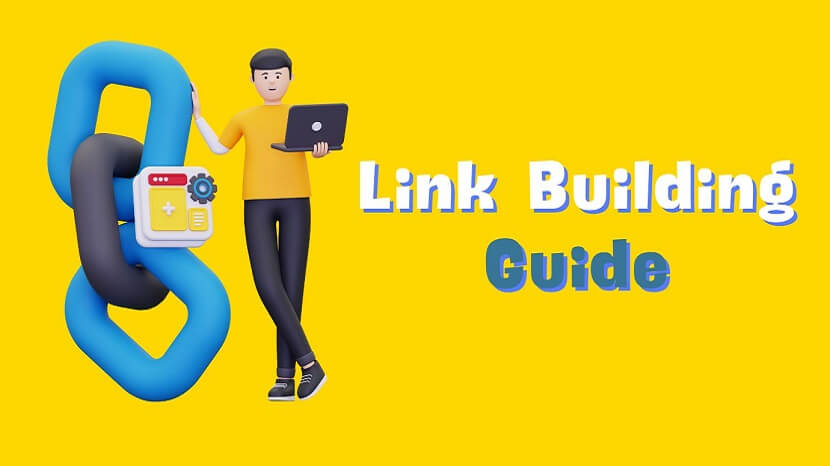
The Complete Link Building Guide: Proven Techniques to Enhance Your SEO
Boost your SEO with our Complete Link Building Guide! Learn proven techniques to acquire quality backlinks and improve search rankings.

How can marketing automation drive personalized communication through WhatsApp?
Unlock the power of personalized marketing on WhatsApp with automation and data integration to engage customers effectively and boost interactions.

How to Write Guest Posts That Get Accepted Every Time
Discover proven strategies for crafting guest posts that get accepted every time. Boost your outreach success with expert tips and tricks.

Tips on How to Successfully Promote Your Marketing Business
Unlock expert tips to effectively promote your marketing business. Boost your brand, enhance online presence, and drive client growth successfully!

Key Event Marketing Tips and Strategies for Success
Master key event marketing tips and strategies to boost visibility, drive attendance, and achieve event success. Expert insights await!

SEO Companies for Attorneys
The perfect SEO company for attorneys! Learn key signs to ensure you choose experts who can boost your legal practice's online success.

How Tailored SEO Solutions Can Revolutionize HVAC Industry Growth
How tailored SEO solutions can drive growth in the HVAC industry by boosting online visibility, leads, and customer engagement.

Social Media Marketing Events
Learn how to promote your event using social media! Boost engagement, drive registrations & maximize reach with expert strategies.

Free and Paid SEO Tools
The best free and paid SEO tools in 2025 to boost rankings, analyze performance, and optimize your website for success. Explore top picks now!

Video Trends for Your Brand Marketing
In 2025, there’s a new set of video trends that companies should know about for refining their brand marketing. Here are the video trends that will help your brand excel among your competitors.
“Technology is best when it brings people together.” — Matt Mullenweg

